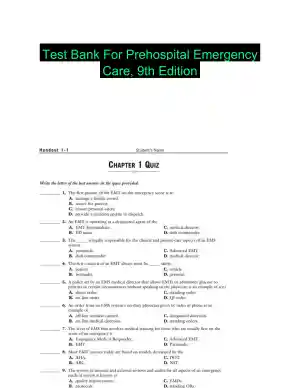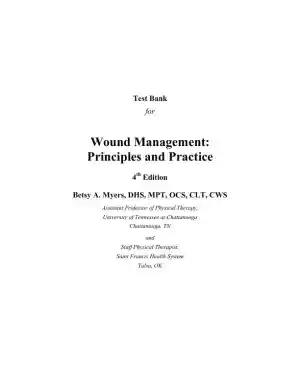Question:
KNOWLEDGE DRILL 10-3: TRUE/FALSE ACTIVITY
The following statements are all false. Circle the one or two words that make the statement false and write the correct word (s) that would make the statement true in the space provided.
Microhematocrit tubes are often referred to as "bullets" because of their size and shape.
q, Warming a capillary puncture site can increase the blood flow up to 10 times. q, Capillary puncture is sometimes recommended when available veins are fragile or must be saved for other procedures such as a glucose tolerance test. q, Except for POCT methods, blood specimens for glucose tests cannot be collected by capillary puncture. q, q, Microtubes for chemistry specimens are collected first in the order of draw for capillary puncture. -q, q, The CLSI - recommended site for capillary puncture on adults and children older than 1 year is the palmar surface of the distal or end segment of the middle or ring finger of the dominant hand.
q, The safest area for heel puncture is the medial or lateral palmar surface of the heel.
q, Neonatal bilirubin specimens must be kept cool during transportation and handling.
q, Phenylketonuria is a temporarily acquired disorder.
q, Blood spot circles for newborn screening tests are filled by applying a large drop of free
-flowing blood to each side of the filter paper.
q, The recommended antiseptic for capillary specimen collection is povidone -iodine.
q, "Calcaneus" is the medical term for finger bone.
q, The capillary bed in the skin of a full - term newborn is richest in capillary loops below 1 - mm deep.
q, Do not squeeze the site while collecting a capillary specimen as hemoconcentration can result.
q, Underfilling a microtube can result in microclots in the specimen.
q, Adhesive bandages can roll up and cause a tourniquet effect that cuts off blood flow. q,
...




































